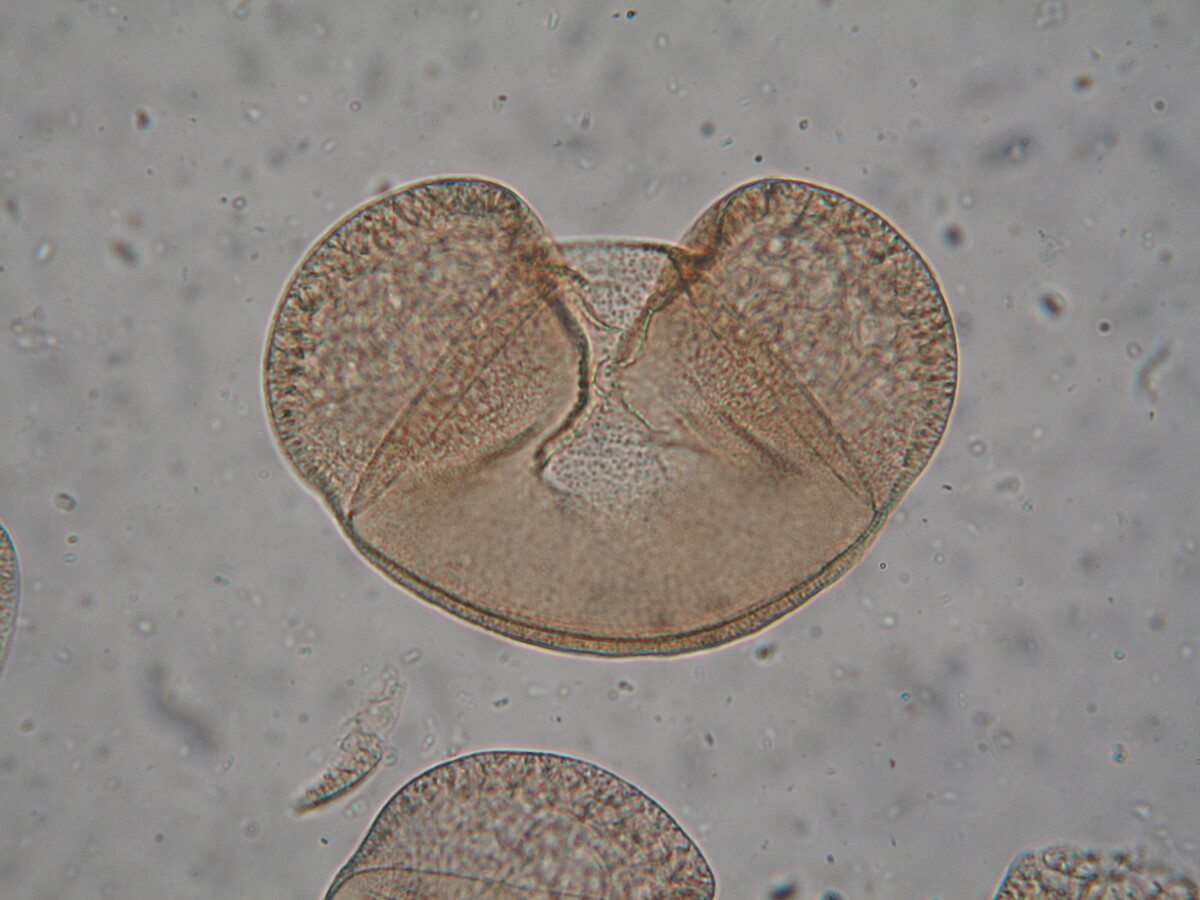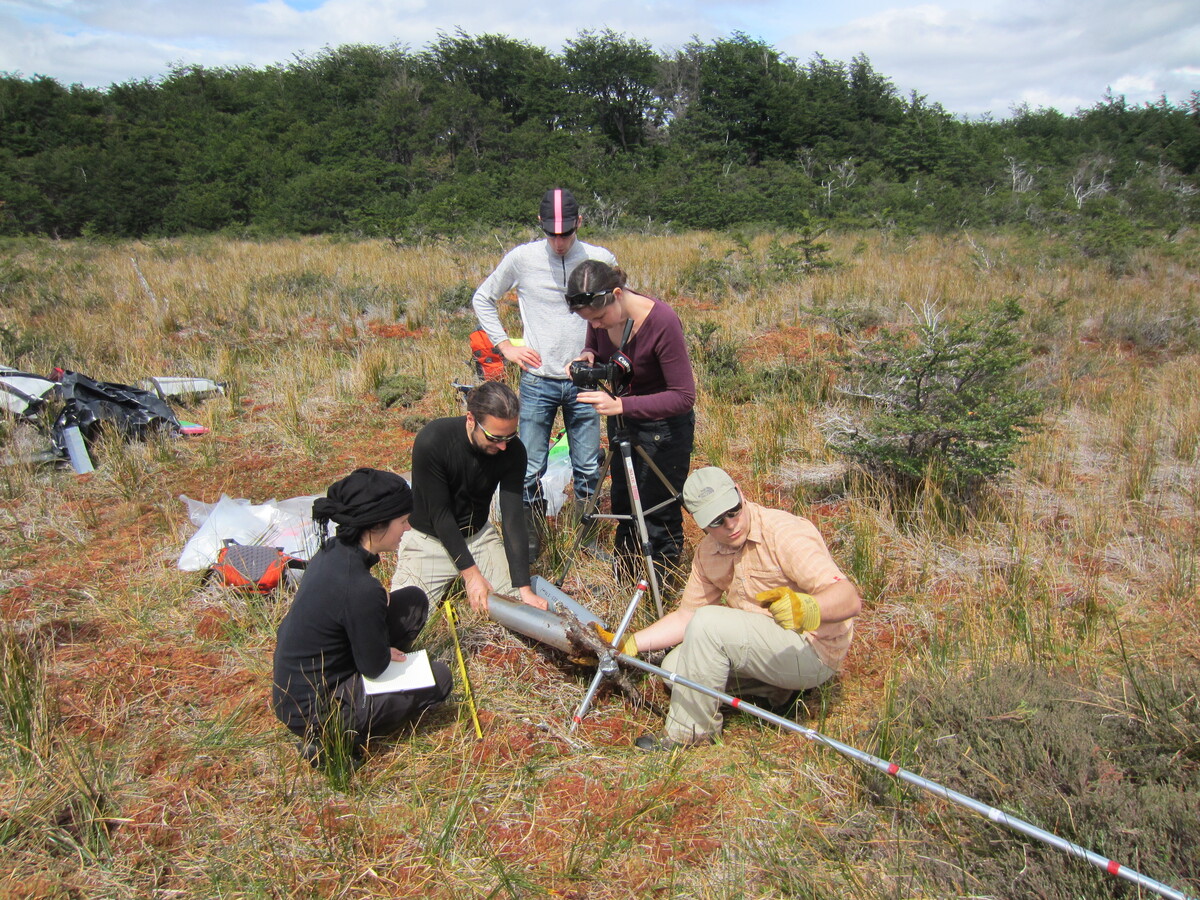
Palaeosciences – fossil revelations at the interface between the climate and the environment
Palaeosciences are intrinsically multidisciplinary and reveal the secrets of past climates and environments while providing keys to help understand our future. The publication of the white paper Paléoclimats et Paléoenvironnements gives us the opportunity to take a closer look at this discipline which explores the hidden treasures of the past.
Our whole existence can be summed up as representing a small grain of sand in the hourglass of life on the planet Earth and it goes without saying that since its existence the planet's climate has been far from static. On the contrary, the Earth has oscillated between temperate and inhospitable climates or between dried out or higher oceans, while continents have been redrawn on many occasions. Humans were roaming the European steppes 20,000 years ago and there was permafrost in the Périgord region of France.
Our planet is overflowing with natural archives that tell us so much about ancestral climates – from the depths of the Atlantic Ocean to the glaciers of Antarctica (French link), from the caves of the Romanian Carpathians to the Australian coral reef. The 800 or more researchers who make up France's multidisciplinary palaeoscience community work on sampling, collecting analysing, modelling and interpreting this heritage. "In the same way history helps us understand how we evolve in our societies, the palaeosciences (palaeoclimatology and palaeoenvironment) help us understand the changes in the environment we live in", explains Guillaume Leduc, a palaeoceanographer at the Center for Research and Education in Environmental Geosciences1 .
Making use of our environmental heritage
How can researchers draw temperature curves spanning several millennia when the first thermometer was only invented in the 17th century? Actually, palaeo researchers are the champions as far as indirect measurement is concerned. "We use proxies – biological, geological, chemical or physical elements that are sensitive to climate change and record information about such variations in the geological archives", explains Guillaume Leduc.
These archives include sediment cores (French link) cylindrical samples taken from the seabeds, lakes or land during drilling work. They are used by palaeoclimatologists to examine concentrations of stable isotopes of carbon or oxygen for example. Studying fossilised pollen also enables researchers to reconstruct the plant cover from ancient periods. Anthropologists analyse the incorporation of isotopes into bones and teeth to trace the movements and diets of species. Finally, other specialists study the striations in coral, growth rings in trees and the chemical composition of stalagmites.
All of this knowledge helps researchers reconstruct the puzzle of environments of the past and has been at the origin of some major discoveries. For example, the advent of mass spectrometers has made it possible to study the chemistry of plankton deposited on the seabed after their death and thus detect certain glacial and interglacial changes. "Palaeo sciences have made a wider contribution to understanding abrupt events, the link between changes in greenhouse gases and intemperatures and, more broadly, the transformations at work in current climate change", adds Pascale Braconnot, a climatologist at the Laboratory for Sciences of Climate and Environment2 .

Looking at the past to understand the climate of tomorrow
The Earth has had a stable climate for around 12,000 years now. Conversely, the past is rich in unparalleled climatic diversity so archives from the past can help scientists identify the mechanisms and processes that underpinned major climate changes. They enable the identification of critical thresholds beyond which the planet's climate system could undergo rapid and irreversible transformations. Examples are the melting of ice caps or extreme phenomena being triggered.
Data from ancient climates are also used to check and approve climate models with which scientists attempt to predict future trends. Since 1991, the Paleoclimate Modelling Intercomparison Project has enabled researchers to test models used in projections made by the Intergovernmental Panel on Climate Change (IPCC). They particularly simulate long or specific periods like a glacial maximum or the 'green Sahara' that occurred in the middle of the Holocene3 .
"This is extremely important work because it is the only way of testing the quality of a model on independent data from outside the domain and period in which that model was developed", explains Pascale Braconnot. It has enabled researchers to conclude that processes that are not particularly active in today's climate could have more significant retroactions in the future.
A community linked by the same purpose
Climate models also serve as integrators of knowledge developed by the palaeo community. They create a link between scales of time and space thus playing a key role in moving from the global climate to the study of its local impacts on the environment.
There is growing interest in the links between palaeo-societies and palaeo-environments in this context. Humans are an important part of their environment because they are dependent on it but also disturb its balance. All the world's great civilisations were established during a relatively stable and temperate period but the way we adapt to our environment is also what makes us vulnerable to changes it may undergo. The emerging link between palaeoscience and history is therefore a major emerging issue for the palaeo community. It was notably cited in the white paper Paléoclimats et paléoenvironnements (Palaeo-climates and palaeo-environments) (French link). The project that produced this publication was led by the National Institute for Earth Sciences and Astronomy. The overall aim was to take stock of this discipline's strengths and weaknesses in preparation for the decades to come.
Future challenges for sciences of the past
While the multidisciplinary side of the palaeo-climate and the palaeo-environment has been presented as a strong point, it can also conversely hinder this discipline's visibility. Its multifaceted nature may also tend to give the impression it does not fit with any of the current major research programmes. "There are no unifying programmes in palaeo sciences. There are programmes on climate or the environment but this forces our community to work with different timeframes and methods. We need to free ourselves from this somewhat confined vision of research to make a greater contribution to society", remarks Pascale Braconnot.
It may seem counter-intuitive but specialists in sciences of the past can also be pressed for time. Glaciologists are greatly involved in programmes to sample glaciers before they melt to preserve the future contents of these precious archives. Also, although "there are fridges full of samples", as Guillaume Leduc likes to put it, "the Pacific Ocean covers a third of the planet but has hardly been sampled at all. This is highly urgent because it's a key climate zone". More specifically the Pacific is home to the El Niño variability that periodically reinforces the current global warming caused by man-made greenhouse gas emissions.
There is also a need to catalogue the data already collected more effectively. "It's crucial to set up a network of all the existing databases as these are currently just as scattered today as the community", warns Pascale Braconnot. Finally, the contribution palaeoscience can make to the world's future should not be underestimated as scientists strive to find the right climate solutions. Understanding the heritage of five billion years which made the Earth such a welcoming planet for life will be decisive in our work to preserve it.



